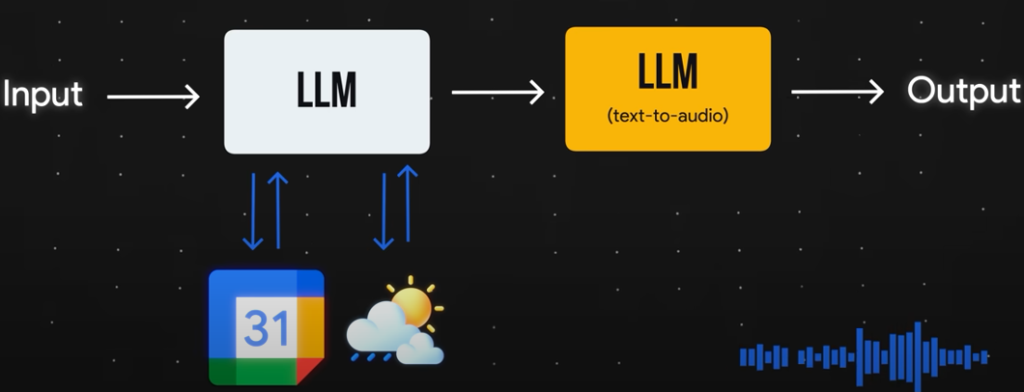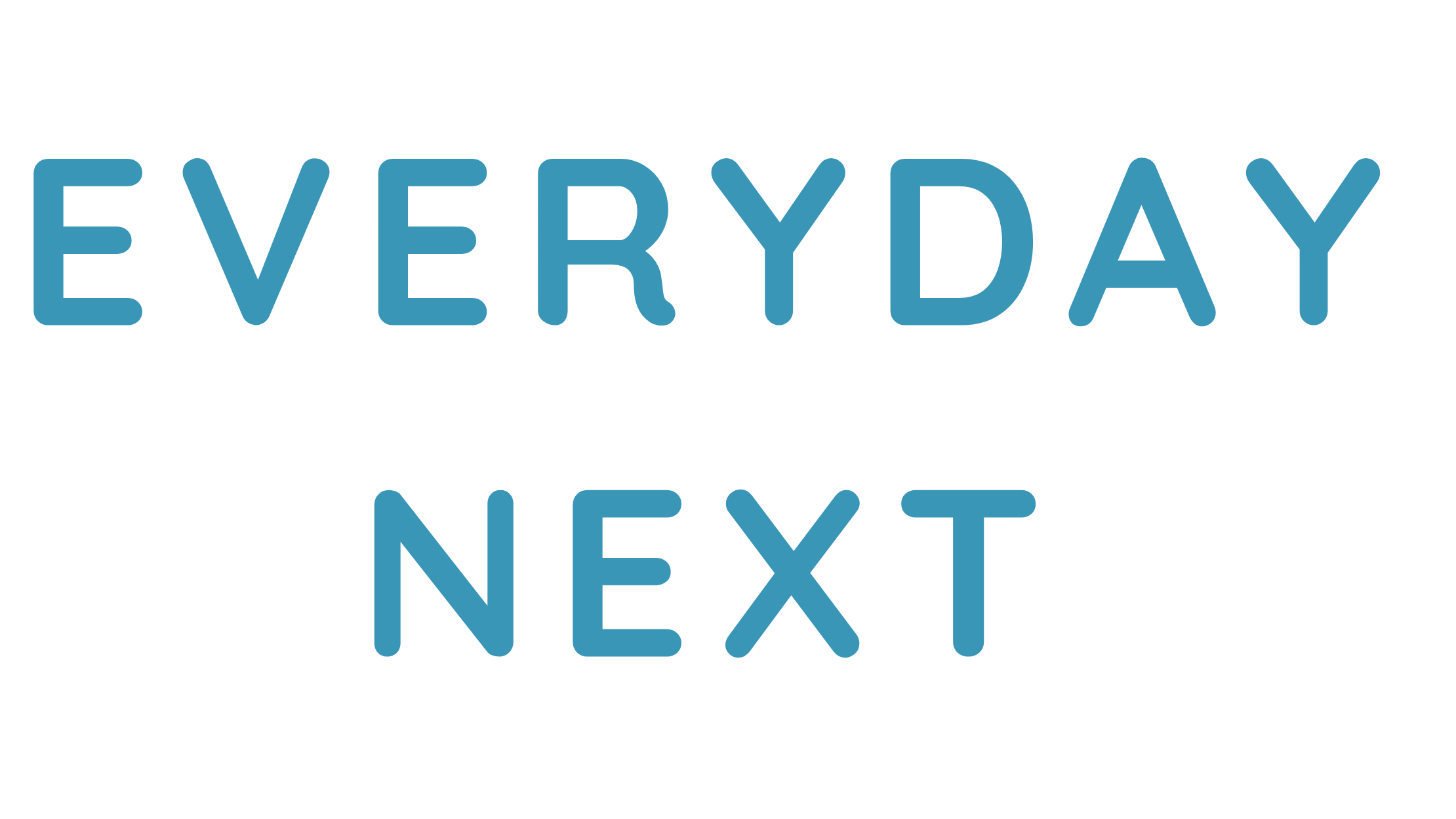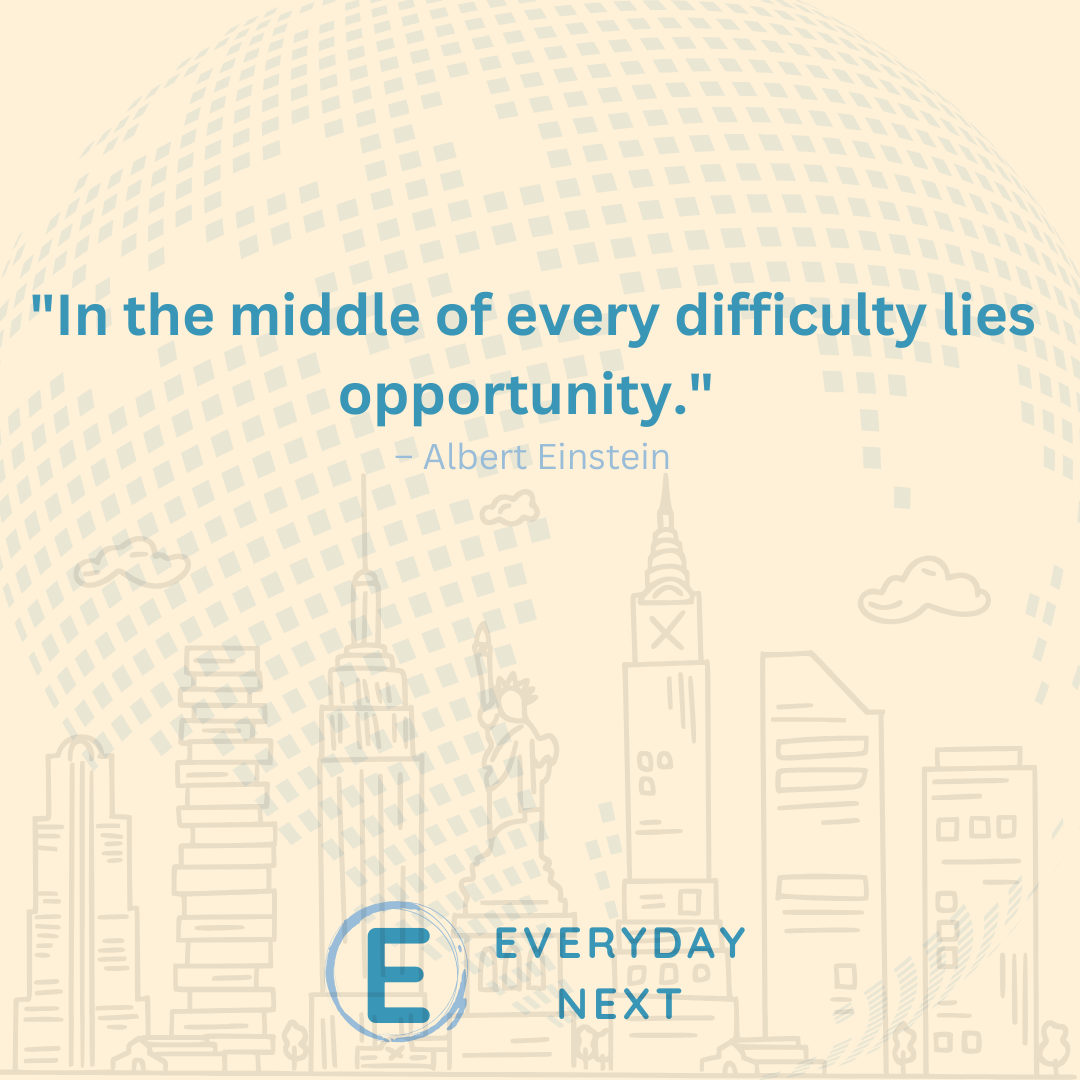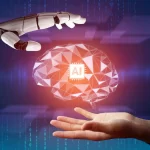
AI Agents Clearly Explained: A Practical Guide 2025

Artificial Intelligence is no longer just a buzzword—it’s part of our daily lives. From chatbots answering customer questions to apps drafting social media posts, AI is reshaping how we work and live. But recently, a new concept has been making headlines: AI Agents.
If you’ve heard this term but aren’t sure what it really means, this guide is for you. We’ll break down the concept of AI agents in plain language, show you how they differ from regular chatbots, and explain how they can be applied in real-life situations like work, personal productivity, and even finances.
By the end, you’ll know exactly what an AI agent is, why it matters, and how you can start using them today.
What Are AI Agents?
In simple terms, an AI Agent is an AI system that doesn’t just respond to prompts—it can reason, act, and improve on its own.
Here’s the difference:
- Chatbots (like ChatGPT) answer questions based on their training data.
- Workflows are AI connected to tools (like calendars or spreadsheets) that follow rules you set.
- Agents take things further: they decide the steps themselves, use tools independently, and iterate until they get it right.
Think of it like moving from a simple calculator → to an Excel formula → to a personal financial advisor who thinks for you.
Levels of AI: From Chatbots to Agents
To fully understand AI agents, let’s look at the three stages of evolution.
1. Chatbots (LLMs)
- You type a question.
- The AI gives an answer.
- Example: “Write me a professional email.”

👉 Useful but reactive—it only acts when you ask.
2. AI Workflows
- You design a process with steps.
- The AI follows those steps, often using multiple tools.
- Example: “Check my calendar, then send a reminder email at 9 a.m.”

- 👉 Efficient but rigid—it won’t adapt if the situation changes.
3. AI Agents

- You give a goal (not instructions).
- The AI reasons about the best way to achieve it.
- It uses tools (like calendars, APIs, or spreadsheets).
- It checks its own work and improves it before finishing.
Example:
“Make sure I stay on top of client meetings.”
- The agent finds your calendar, checks for conflicts, schedules reminders, drafts emails if you’re late, and reschedules if needed—all without you specifying the steps.
👉 Autonomous and adaptable.
Comparison Table: Chatbots vs. Workflows vs. Agents
| Feature | Chatbots (LLMs) | AI Workflows | AI Agents |
|---|---|---|---|
| Input | User prompts | User-designed steps | User goals |
| Decision-making | None (reactive only) | Human-designed logic | AI decides best path |
| Tool usage | Limited (text only) | Predefined integrations | Flexible, chooses tools as needed |
| Adaptability | Low | Medium | High (can iterate and adjust) |
| Example Use Case | Drafting an email | Automated social media posting | Managing full marketing campaigns |
Real-Life Examples of AI Agents
Now let’s make it practical. How can AI agents fit into everyday life?
1. Personal Productivity
- Chatbot approach: Ask ChatGPT to draft a to-do list.
- Workflow approach: Connect Notion to your calendar to update tasks.
- Agent approach: Give the goal “Keep me organized this week.” The agent will:
- Pull tasks from email, Slack, and calendar.
- Prioritize them based on urgency.
- Schedule breaks and reminders.
- Adjust if new urgent tasks arrive.
2. Finance Management
- Chatbot: “Explain my monthly spending trends.”
- Workflow: Link your bank app → export CSV → get summaries in Google Sheets.
- Agent: “Help me save $500 this month.” The agent will:
- Analyze your transactions.
- Identify overspending categories.
- Suggest budget adjustments.
- Track progress and notify you if you’re off course.
3. Travel Planning
- Chatbot: “Suggest tourist attractions in Rome.”
- Workflow: Fetch flight details + hotel bookings.
- Agent: “Plan my Rome trip for under $2,000.” The agent will:
- Compare flights and accommodations.
- Create an itinerary.
- Book tickets.
- Update you if cheaper options appear.
4. Small Business Marketing
- Chatbot: “Write me a blog post outline.”
- Workflow: Automate LinkedIn posts daily at 9 a.m.
- Agent: “Grow my social media presence.” The agent will:
- Research trending topics.
- Draft posts in your brand’s tone.
- Critique and refine posts until polished.
- Schedule posts and analyze performance.
Why AI Agents Are a Game-Changer
AI agents go beyond being assistants. They can act as partners in decision-making. Here’s why:
- Save Time: You don’t have to design workflows or write endless prompts.
- Improve Accuracy: Agents check and refine their own work.
- Adaptability: They adjust based on real-world changes.
- Scalability: A single agent can manage hundreds of tasks simultaneously.
Challenges and Limitations
Like all technology, AI agents aren’t perfect yet.
- Reliability: Agents still make mistakes, especially with complex reasoning.
- Trust: Do you want an AI making decisions on your behalf?
- Privacy: Connecting to your emails, finances, or business data raises concerns.
- Cost: Advanced agent platforms often require paid subscriptions.
👉 The future is promising, but users must stay mindful of risks.
Future of AI Agents
In the near future, expect:
- Personalized digital assistants that manage your entire life.
- Business agents that run operations (customer service, scheduling, analytics).
- Collaborative agents that work alongside humans in teams.

Companies like OpenAI, Anthropic, and Google are actively building agentic frameworks. Soon, we may rely on AI agents as much as we rely on smartphones today.
FAQs About AI Agents
1. How are AI agents different from chatbots like ChatGPT?
AI agents can reason, act, and improve autonomously. ChatGPT answers prompts but doesn’t take independent action.
2. Do I need coding skills to use AI agents?
No. Platforms like Make.com or Zapier allow non-technical users to build simple AI workflows and agents.
3. Are AI agents safe to use?
They’re as safe as the data you give them. Always check privacy policies and limit sensitive data sharing.
4. Can AI agents replace employees?
Not entirely. They can automate repetitive tasks but still need human oversight for strategy, empathy, and judgment.
5. What tools can I try today?
- AutoGPT or BabyAGI (for tech-savvy users).
- Make.com / Zapier (for workflows).
- Perplexity, Claude, or ChatGPT plugins (for enhanced agent-like features).
Final Thoughts
AI agents represent the next leap in artificial intelligence. While chatbots and workflows are powerful, agents are about giving goals, not instructions. They reason, act, and iterate, making them the closest thing to a digital colleague we’ve ever seen.
For everyday users, this means less micromanaging and more time focusing on what matters. Whether you want to manage your finances, plan a trip, or grow your business, AI agents can act as partners in achieving your goals.
For Advanced users the three levels we covered today. Level one, we provide an input and the LLM responds with an output. Easy. Level two, for AI workflows, we provide an input and tell the LLM to follow a predefined path that may involve in retrieving information from external tools. The key trait here is that the human programs a path for LLM to follow. Level three, the AI agent receives a goal and the LM performs reasoning to determine how best to achieve the goal, takes action using tools to produce an interim result, observes that interim result, and decides whether iterations are required, and produces a final output that achieves the initial goal. The key trait here is that the LLM is a decision maker in the workflow.
The future of work and life isn’t just AI—it’s AI agents working alongside us.
More Resources










